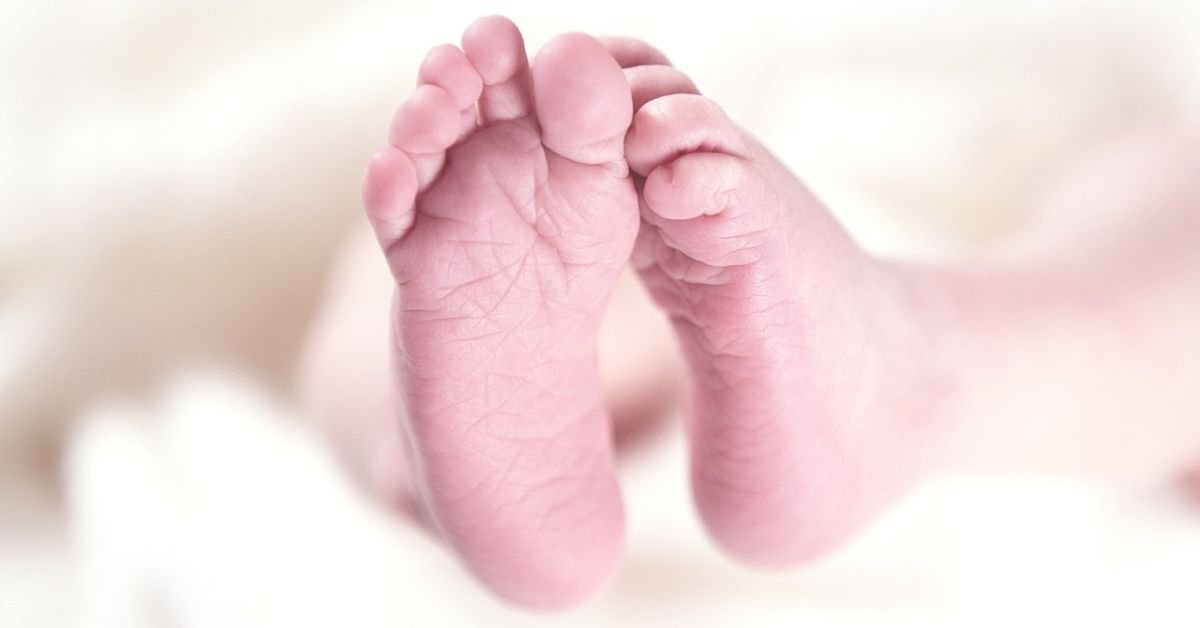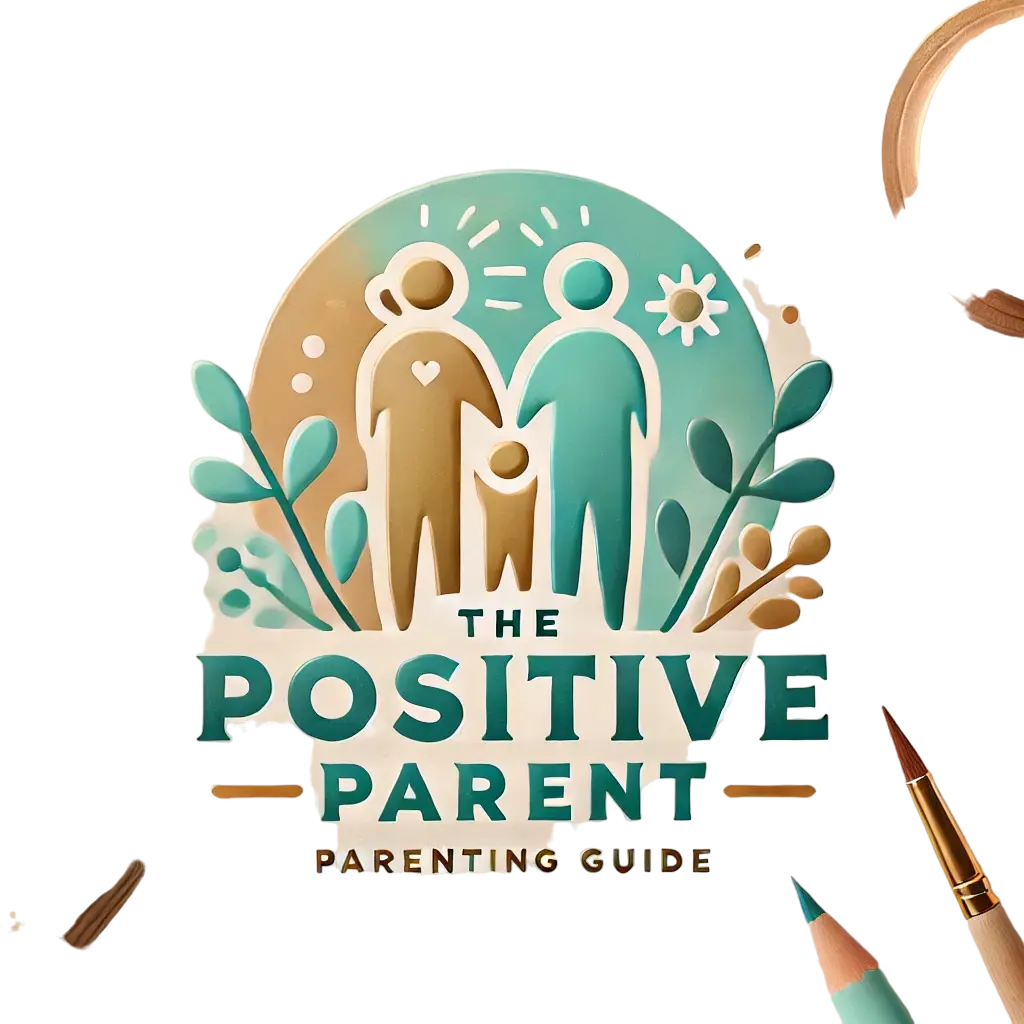12 Surprising Things About Newborns
Category
Categories

12 Surprising Characteristics of Newborns
Dirty diapers? Absolutely. Nights without sleep? Definitely. A newborn with a pimply, cone-shaped head—what’s the deal with that? Discover the most unexpected things about infants.
Upon welcoming your precious newborn into the world and gazing at their adorable face, you may start noticing peculiarities that no one prepared you for. Have you wondered about those newborn tremors or the slightly cone-shaped appearance of your baby’s head? And what about their dry skin and insatiable hunger?
The reassuring truth is that these aspects are nothing to fret about; they are just some of the common peculiarities of newborns. Explore the fascinating details about the idiosyncratic behaviors and characteristics of newborn babies that you never knew you needed to know.
Their Head May Appear Unusual
If your newborn’s head seems a bit odd and initially cone-shaped, it’s due to being wedged in your pelvis for extended periods. The skull has openings that allow it to mold to fit through the birth canal, protecting against injuries during delivery, according to Dr. Anne Hansen, a neonatologist.
Other factors can contribute to your baby’s temporarily misshapen head, like sliding out on their nose, resulting in squashed nostrils, or fluid accumulation causing swollen eyes. Additionally, minor bruises from forceps or vacuum extraction may be present on their face and scalp.
Your baby’s appearance will evolve over time, so have patience as these imperfections heal.
They Might Be Nervous
Newborns commonly exhibit jumping and trembling as they adjust to life outside the womb. After being confined in the amniotic fluid-filled uterus, infants now have the freedom to move their limbs without any constraints. However, they are still learning to control their movements, leading to sudden jerky swings of their arms.
Additionally, babies are born with innate reflexes such as the Moro, or startle, reflex. This reflex causes infants to instinctively throw out their arms, open their hands, draw back their head, and then retract their arms when they sense falling or are startled. Fortunately, this reflex typically fades away by the age of 3 months.
Understanding Your Baby’s Trembling
During the early stages of development, your baby’s neurological system may send excessive electrical impulses to their muscles, resulting in quivering chin or trembling legs. This phenomenon typically diminishes as your baby’s system becomes more organized within the initial weeks. While most tremors are normal and not cause for concern, it is essential to consult a healthcare provider if the shaking is rhythmic or if a limb continues to tremble even upon touch.
They’re Always Hungry
Feeding a newborn can feel like a constant task in the early weeks, as newborns have a significant appetite and tend to eat frequently. This behavior helps increase breast milk supply for breastfeeding parents and accommodates a newborn’s rapid growth. Breastfed babies, in particular, may feed more often due to the quick digestion and absorption of breast milk compared to formula. Whether breastfed or bottle-fed, babies in the early weeks exhibit a seemingly insatiable appetite.
The reason behind the frequent feedings is the baby’s need to grow significantly in the first few months, doubling their birth weight within six months. This growth requires a considerable intake of calories, leading to intense hunger periods, especially during growth spurts, typically happening between 4 and 6 weeks of age.
During these times, it’s essential to differentiate between true hunger and the need for comfort or closeness. Dr. Glade Curtis, MD, an OB-GYN and author of “Your Baby’s First Year Week by Week,” advises checking if soothing techniques like cuddling or swaddling can pacify the baby before assuming they need to feed again.
Their Hands and Feet May Feel Cold
Newborns often have cold extremities. Instead of adjusting the room temperature or adding more layers, check your baby’s torso temperature. A warm and pink torso indicates that your baby is not cold. Due to their developing circulatory system, blood is prioritized to vital organs, leaving hands and feet with less blood flow.
It can take around three months for a baby’s circulation to fully adapt to the outside world. During this time, it is common for their small fingers and toes to feel cold and appear pale or purplish. As your baby becomes more active, their circulation will improve gradually.
Their Genitals May Appear Large
When babies are born, their testicles or labia may seem larger than expected for their size. This is not due to genetics or powerful hormones but rather the result of pressure exerted during birth and fluid accumulation in the tissue.
Moreover, newborns retain hormones from their gestational parent, which can contribute to the enlargement of testicles and swelling of the labia. However, this genital swelling typically diminishes within the first few days after birth.
They May Have Blood in Their Diaper
The hormonal changes in newborns can lead to bloody vaginal discharge, causing slight staining or smudging on their diapers, which is normal in the initial weeks of life.
According to Dr. Curtis, this temporary discharge, resembling a mini-menstrual period, typically lasts a few days. In some cases, what appears to be blood may actually be concentrated urine, giving a dark appearance. It is essential to seek medical attention if there is bright red blood present, as this is uncommon.
Dealing with Blisters on Newborns’ Lips
Newborns can develop blisters on their lips due to vigorous sucking on a bottle or breast, with some blisters even present at birth from thumb-sucking in the womb. These sucking calluses do not cause any discomfort to the baby; in fact, they can help stiffen the lip and make grasping the nipple easier. The callus typically disappears within a few months but may also fluctuate in appearance from day to day.
Their Poop May Resemble Diarrhea
Breastfed babies typically have seedy, mustard-yellow, liquid stools, while bottle-fed infants usually have slightly firmer bowel movements with a brownish hue resembling soft ice cream. Distinguishing normal newborn bowel movements from diarrhea can be challenging, especially when the baby is only consuming liquids like breast milk or formula.
It is common for babies to have bowel movements after each feeding, known as the gastrocolic reflex, where something exits the body when milk enters the stomach. This frequency is more prevalent in breastfed babies compared to formula-fed infants, who might only poop a couple of times a day or every few days. As long as the baby is gaining weight and shows no signs of discomfort, the pooping schedule is likely normal.
It is important to monitor and understand what is typical for your baby. If there are significant changes in frequency, volume, or consistency of bowel movements, consult a healthcare provider for guidance.
They Sneeze Frequently
Newborns often sneeze, not due to being cold or ill, but to clear their nasal and respiratory passages of congestion and airborne particles. Additionally, sneezing aids in reopening a closed nostril temporarily.
According to Dr. Curtis, when a baby snuggles against a parent during feeding, one nostril may get flattened. After feeding, the baby might breathe or sneeze to reopen their nostril.
Their Skin Develops Flakes
During your baby’s time in the amniotic fluid, their skin was protected by vernix, a white, waxy substance. Once exposed to air, the skin’s top layer dries out and starts to flake off.
Your baby may experience peeling skin, especially on their hands and feet. Avoid picking at the flakes, as this may harm the skin. Using moisturizers is unnecessary, as the flaking typically lasts for one to two weeks.
They Breathe Strangely
It is typical for babies to have brief pauses and then experience periods of fast breathing. Dr. Curtis explains that intermittent breath-catching or skipping is a natural part of diaphragm and neurological system development. A pause of up to 20 seconds is considered within the norm. Around 6 weeks of age, babies usually establish a more consistent breathing rhythm.
Like many new parents, you likely spend a significant part of each night leaning over your baby’s crib, ensuring they are breathing. Observing their irregular breathing may have caused concern on occasion.
If you are anxious about sudden infant death syndrome (SIDS), it is important to be watchful. Taking steps like placing your baby on their back to sleep, avoiding soft bedding and toys in the crib, and refraining from smoking can help reduce the risk of SIDS. If your baby experiences apnea (stops breathing for over 20 seconds), appears limp, or turns bluish, purple, or gray, seek immediate medical help.
Their Cries All Sound the Same
Deciphering a newborn’s cries can be challenging. It’s normal not to immediately recognize whether they’re hungry, tired, or in need of a diaper change based solely on their cry. Dr. Hansen reassures that with time, you’ll be able to differentiate the sharp, intense cry of pain from the softer, more subdued sound of fatigue.
The hunger cry typically falls somewhere in between, though some babies may sound quite desperate (and loud) when they’re hungry. In the initial days, the reason behind your baby’s cry may not always be clear (sometimes they may cry for unknown reasons), but what matters most is that you respond to their basic needs with love and care every time—that’s all your baby truly requires.
11 Common Conditions in Newborns
Newborn babies can experience a range of common conditions that may be concerning for parents but are usually harmless. These conditions include skin rashes, jaundice, and breathing irregularities, among others. It is essential for parents to be aware of these conditions and consult healthcare professionals if they have any concerns.
How Your Newborn Looks
Newborns may look quite different from older babies and adults due to various characteristics such as skin color, body proportions, and fontanelle appearance. Understanding these normal variations in appearance can help parents recognize any potential issues early and seek appropriate medical advice if needed.
Physiology, Gastrocolic Reflex
The gastrocolic reflex is a physiological response that triggers the colon to increase its motility when the stomach is stretched by food intake. This reflex helps move food through the digestive system efficiently. Understanding this reflex can provide insights into the digestive process and normal gastrointestinal function in newborns and infants.



